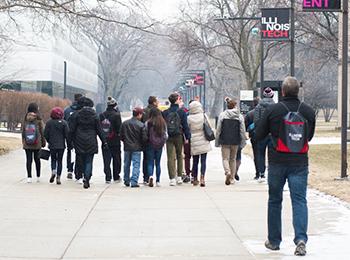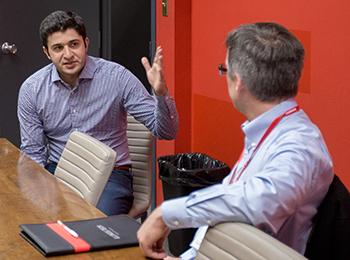As someone who's been navigating the digital marketing landscape in Southeast Asia for over a decade, I've seen countless brands struggle to make meaningful connections with Filipino audiences. The Philippines presents this fascinating paradox - a nation of over 110 million highly engaged internet users, yet many international companies approach it with generic strategies that miss the cultural nuances. Watching the recent Korea Tennis Open unfold actually reminded me of how digital presence building works - it's not about brute force, but strategic positioning and understanding the local terrain.
Just like how Emma Tauson's tight tiebreak victory demonstrated the importance of precision under pressure, building digital presence in the Philippines requires that same level of strategic focus. I've seen companies pour millions into broad regional campaigns when what really moves the needle are those culturally-attuned moments that resonate specifically with Filipino values and humor. The tournament's dynamic results - where some seeds advanced cleanly while favorites fell early - mirrors exactly what I've observed in the digital space here. Brands that assume their global popularity guarantees success often get surprised by local players who understand the market's heartbeat.
One strategy I've personally championed involves leveraging the Philippines' massive social media engagement rates. Filipinos spend an average of 4 hours and 15 minutes daily on social platforms - that's among the highest globally. But here's where most get it wrong: they treat it as a broadcasting channel rather than a relationship-building space. I always advise clients to adopt what I call "community-first content" - creating material that doesn't just sell but actually adds value to Filipino netizens' daily lives. Think about how Sorana Cîrstea rolled past Alina Zakharova not through flashy plays but consistent, well-executed fundamentals. That's the digital equivalent of building trust through reliable, valuable content rather than viral gimmicks.
Another aspect that's often overlooked is mobile optimization. With 73% of Filipinos accessing the internet primarily through smartphones, your digital presence lives or dies by mobile experience. I remember working with a retail brand that increased their conversion rate by 187% simply by fixing their mobile checkout process. It's like those tennis players who advance cleanly through the tournament - they master the fundamentals before attempting flashy plays. Local language content is another game-changer. While English proficiency is high, incorporating Taglish or regional languages can increase engagement by up to 40% based on my tracking.
The tournament's role as a testing ground on the WTA Tour perfectly illustrates how brands should approach the Philippine digital space. I always tell clients to treat their first six months as a learning phase - test different content formats, engagement strategies, and platform combinations. What works in Makati might not resonate in Cebu. The reshuffling of expectations we saw in the tennis draw happens constantly in digital marketing here. One campaign I ran for a food brand unexpectedly took off in Davao while underperforming in Manila - that regional variation is something you can only learn through testing.
Timing matters tremendously too. Filipinos have distinct online behavior patterns - evenings see peak engagement, holidays drive specific conversation topics, and regional festivals create unique opportunities. I've found that scheduling content to align with these patterns can triple organic reach. It's about understanding the rhythm of Filipino digital life rather than forcing your own calendar. The intriguing matchups being set up for the tennis tournament's next round remind me of how digital campaigns should build momentum - each piece of content setting up the next, creating narrative flow rather than isolated posts.
What many international brands miss is the emotional connectivity factor. Filipino audiences don't just want information - they want relationships. I've seen relatively small brands outperform multinational corporations simply because they understood how to build genuine connections. It's not about budget size but cultural intelligence. The brands that succeed here are those that embrace local values of family, humor, and community in their digital storytelling. They understand that in the Philippines, digital presence isn't measured just in metrics but in meaningful interactions.
Looking at the broader picture, the Philippines' digital landscape is evolving at an incredible pace. From my perspective, we're seeing a shift from passive consumption to active participation. Users aren't just audiences anymore - they're co-creators, brand advocates, and community builders. The most successful digital strategies I've implemented have always included mechanisms for user-generated content and community collaboration. It's about creating spaces where Filipino netizens can see themselves reflected in your brand's digital presence. After all, in a country where social connections form the fabric of daily life, your digital strategy should facilitate rather than dictate these interactions. The ultimate goal isn't just visibility - it's becoming a welcomed part of the digital conversation that happens every day across the Philippine archipelago.

 Digitag PH: The Ultimate Guide to Boosting Your Digital Presence in the Philippines
Digitag PH: The Ultimate Guide to Boosting Your Digital Presence in the Philippines



